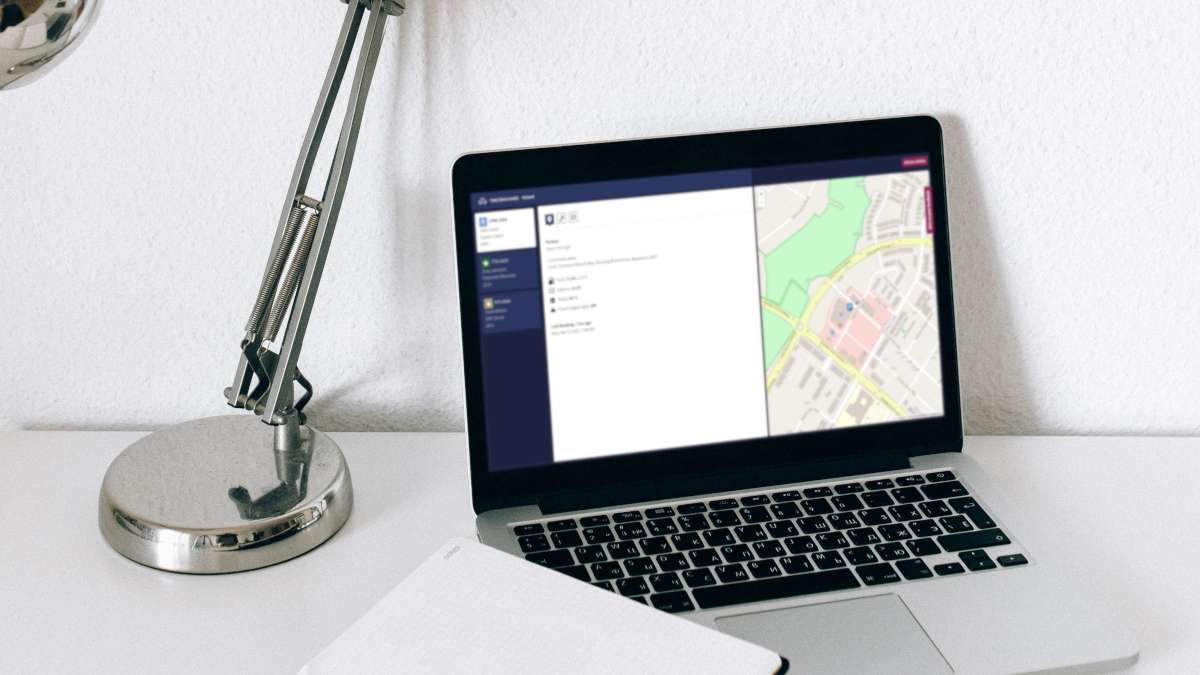
In the constantly changing fleet industry, as a fleet owner, you have to be agile to run your business efficiently. Yet, to be agile — in the era of the digital revolution — you need access to fleet-related metrics. In this case, a well-integrated vehicle management system is, by far, the most valuable source of metrics; as well as insights.
Indeed, vehicle Telematics and vehicle management software provide a wealth of real-time and historical data on your fleet’s operations; such as, vehicle location and status, driver behavior and performance, fuel consumption, mileage, and so on.
In this article, we’re going to explore the most important features in a fleet tracking platform that you can effortlessly use to achieve the best results for your fleet.
Six vehicle management system must-have features
Any modern fleet owner knows that an all-around vehicle management platform is an indispensable tool to maximize fleet productivity; not to mention, cut down on unnecessary operational costs. Surely, vehicle management systems nowadays, include a host of different features. However, there are a few, without which it’s hard to imagine how people used to manage fleets back in the day.
Without further ado, here are six must-have features in a vehicle management platform that will help you streamline your business!
1. Fleet vehicle tracking
Needless to say, knowing the real-time location of your assets on the map is crucial. That’s why GPS vehicle tracking is such an essential part of a vehicle management system. With fleet vehicle tracking, you know exactly where your vehicles are, what route they’re following, where they stopped; and, for how long. Just imagine what you can do with this information in your hands; for instance, the adjustments you can make to reduce costs — to say nothing of all the mishaps you can prevent. And then some…
2. Alerts & Notifications
Alerts are a very useful feature when you must respond quickly to a difficult situation regarding your vehicles and drivers. With your alerts all set, you get notified when something’s wrong; then, you can act immediately, to make sure your vehicles are operating productively, and cost-effectively.
Status alerts
Get alerts and notifications for any event related to vehicle status, such as battery problems, high temperatures, etc., directly on your screen. Keep your drivers updated on the problem at hand, so that they can fix it on time; and, avoid breakdowns.
Health alerts
Typically, a vehicle management system is connected to an on-board diagnostics device that monitors the health of your vehicle; that is, among other things. So, whenever the vehicle’s dashboard indicator light turns on, the system sends an alert indicating the malfunction on your vehicle. This way, the mechanic can repair the vehicle much faster.
Alerts for unexpected events
These alerts let you know if a fleet vehicle is being towed or was involved in a traffic accident. In case one of your drivers gets into an accident, the vehicle management platform will provide accident-related insights that may prove to be valuable for insurance claims, too.
3. Driver behavior notifications and metrics
Speaking of accidents, with driver behavior reports you can watch over your fleet drivers, to ensure they drive safely. To elaborate, the system monitors and generates reports and metrics, such as scorecards, to outline driver activity and behavior. Essentially, driver scorecards help you determine alarming driving behaviors, like hard braking, fast accelerations, RPM, and sharp turns. Furthermore, they can help you address those behaviors effectively. For example, you can use these metrics to create and implement a safety policy in the company; as well as provide customized driver training to your crew.
4. Fuel management
Without a doubt, a good vehicle management system offers fuel consumption monitoring and reporting, to control and optimize fuel costs; especially those that come from excessive engine idling, dangerous driving behaviors, and fuel theft. Thankfully, vehicle management systems can generate such reports, containing info on every activity pertaining to fuel purchase and usage.
5. Trip log and mileage
With the trip log feature, you can maintain historical data per trip, and track the routes on the map; along with collecting behavioral data and logs with malfunction alerts. What’s more, you can keep an eye on your fleet’s mileage, to achieve fuel economy; and get tax deductions, too.
6. Vehicle maintenance
Proactive vehicle maintenance is yet another significant feature in a first-rate vehicle management system. By utilizing this feature, you get all the vehicle-status and diagnostics data you need to keep everything under control. Additionally, with this feature, you’re promptly notified of routine checkups, and repairs.
Gear up with Veturilo
Being a fleet owner who aims to streamline their business, first, you need to gain visibility — thus, control — into all fleet-related matters. To that end, a centralized vehicle management system, like Veturilo, will not only help oversee daily fleet activities and logistics; but also offer important tools to keep everything (and everyone) in order; and, at the same time, optimize operations. The good news is that Veturilo can take the weight off your shoulders; and it all starts with a free registration!


